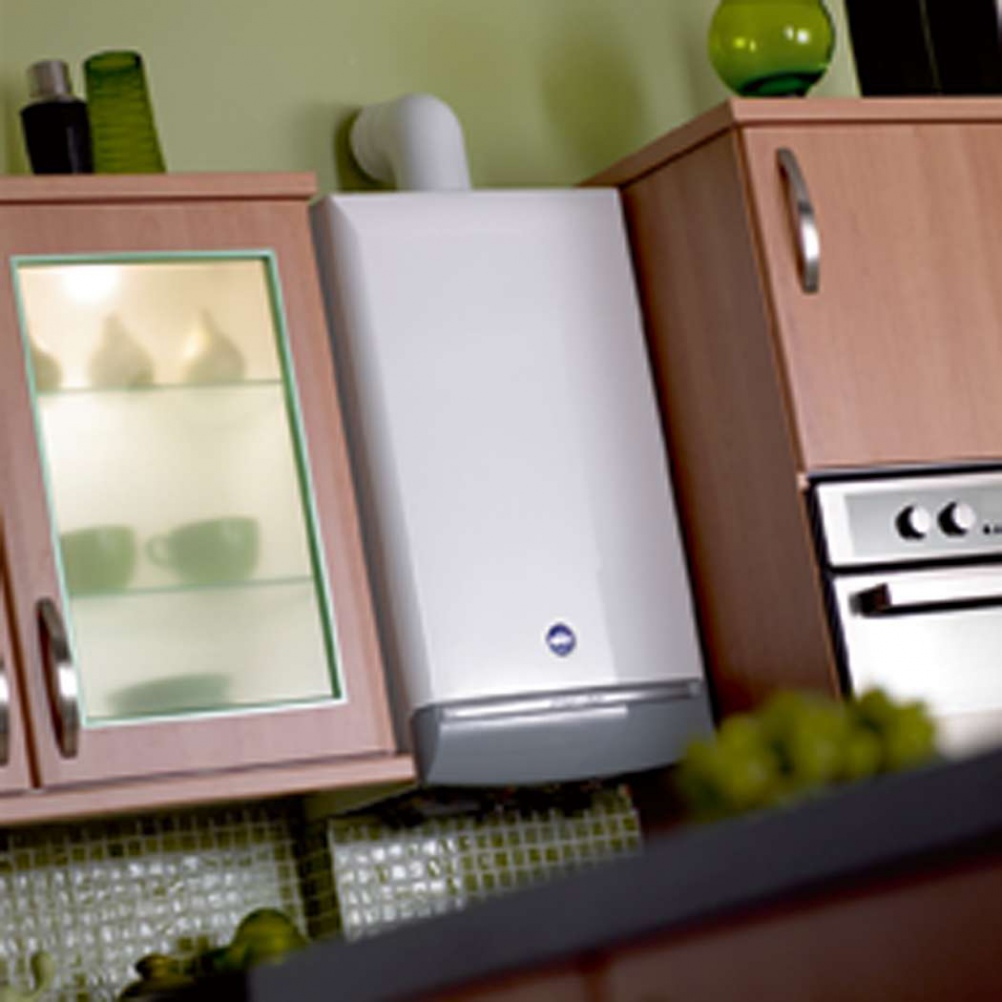
How do Boilers Work?
To pick the right boiler, it helps to understand how they work

Choosing the right boilerrequires more than just understanding what type to choose, or how to pick the right size. It can also be helpful to understand how a boiler works to make sure you understand what you are specifying.
Here, we explain what the components of a heating system are, how a boiler is installed and also look at how a boiler works.
Main components of a sealed heating system
 |
 |
| Boilers heats water on demand (combi) or tops up the cylinder (system). | The cylinder stores a supply of hot water for instant use around the house. When it gets up to temperature, a thermostat switches off the supply. |
 |
 |
| An expansion vessel is required in sealed, pressurised systems to accommodate any excess water. | A range of controls are required to operate the system. On a more advanced setup, controls can be weather-compensated. |
Boiler Installation
Unless you happen to be a qualified, registered installer, you cannot fit your own boiler — so check with Gas Safe (gas) or Oftec (oil) that your installer is registered. However, you can keep an eye on things to ensure that they are doing a proper job (it’s worth contacting a few installers initially to see if their advice varies). The first thing you need to check is that they have correctly sized the boiler and system. As mentioned on p.144, you can get an idea yourself by using the calculator at sedbuk.com, where you can also evaluate boiler ratings.
You must ask your installer to demonstrate how their advice complies with the recent changes to theBuilding Regulations Part L. You can view Part L atplanningportal.co.uk,以及J指导的各种各样的一部分flue options, siting and information on the condensate. A common problem is for the condensate pipe to freeze, so internally check it is a minimum of 22mm in diameter and externally at least 32mm. Check all pipework is insulated.
Ensure that the heating system is properly cleansed and flushed before the boiler is installed, and that inhibitor chemicals are added afterwards.
Inside a Boiler
 1. Fan
1. Fan
Assists the evacuation of combustion gases
2. Gas valve
3. Boiler thermostatControls the temperature of the hot water flowing from pipes to the radiators
4. Flow connection
5. Drain pointFor draining the system
6. Return connection
7. Heat exchangerThe hot gases transfer their heat to the water
8. Air/gas manifold
9. Syphonic trapDisposes of the condensate by discharging a given quantity of condensate fluid at a time, reducing the chance of freezing
Heating Controls for Boilers
A modern central heating system uses a range of controls to work at optimum efficiency. New (gas or oil) boilers should include the following:
Full programmer:Allows the water to come on at specific set times.
Room thermostat: The thermostat has boiler interlock, so when a set temperature is reached, an electrical contact is broken inside the thermostat to switch off the electrical supply to the heating circuit.
Cylinder thermostat(where applicable): Fixed to the cylinder, so that when the top reaches around 60°C, it switches off the electrical supply to the heat exchanger coil.
TRVs: Thermostatic radiator valves should be on all radiators, except in rooms containing a thermostat. It automatically closes off the water supply to the radiator when the desired temperature is reached.
Automatic bypass valve(if necessary): The pump runs for a few minutes after the boiler has been turned off; this stops static water in the heat exchanger boiling due to residual heat.
Dwellings should normally be divided into two space heating zones with independent temperature control (one in the living area). The heating circuit and hot water must be controlled separately.